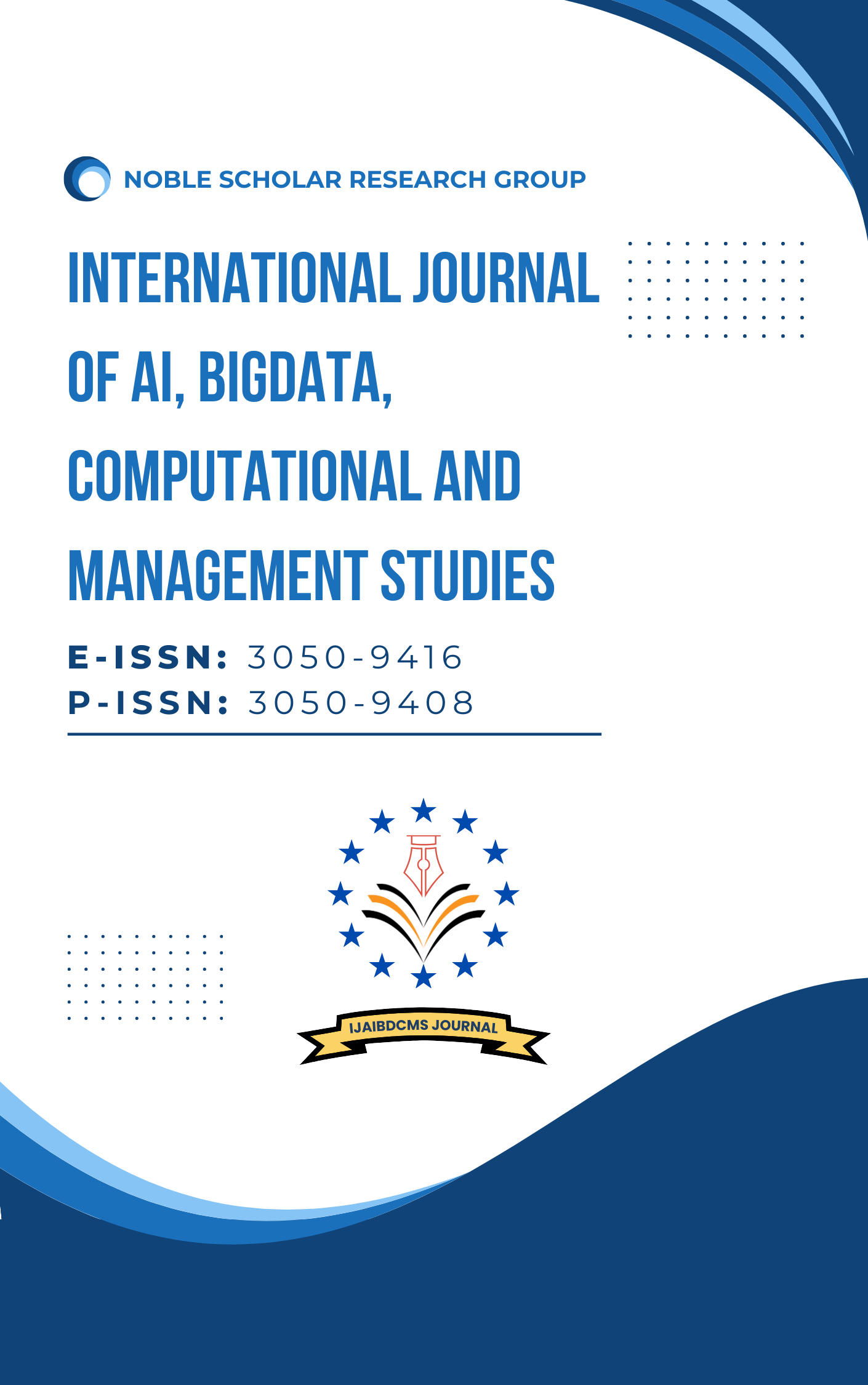Data Lineage and Impact Analysis in Multi-Jurisdictional Banking Systems
DOI:
https://doi.org/10.63282/3050-9416.IJAIBDCMS-V5I1P114Keywords:
Data lineage, banking compliance, regulatory reporting, metadata management, BCBS 239, GDPR, AML, risk managementAbstract
In the global banking sector, the ability to trace data across complex, multi-jurisdictional systems has become a critical requirement for ensuring compliance, operational transparency, and regulatory reporting. Increasingly stringent frameworks such as the Basel Committee on Banking Supervision (BCBS 239), the General Data Protection Regulation (GDPR), and Dodd-Frank emphasize accurate and auditable data flows to mitigate risks and strengthen financial stability. In this context, data lineage, the process of tracking the origins, transformations, and movements of data emerges as a foundational capability for meeting both regulatory and organizational objectives. The proposed paper will combine metadata repositories with lineage tools in a framework that allows identifying data sources systematically, capturing metadata, visualizing lineages and impact reporting, and compliance dashboards. It is a technical in perspective business and regulatory framework which is based on the technical, business and regulatory perspective to achieve compliance requirements as well as enhance efficiency in operations. The real-life examples in the industry which can be used to explain the theoretical insights include, but are not limited to, the application of the BCBS 239 risk reporting, GDPR in the local subsidiaries, and anti-money laundering (AML) oversight. The value of the study lies in the fact that it gives a proposal of the framework, investigates the industry application, and gives implications on compliance, risk management, and governance. Findings highlight the importance of collaboration among the regulators, banks, and technology providers so that lineage becomes a long-term strategic capability
References
[1] S. Natarajan and P. Krause, "The Future of Global Banking Data Management," Journal of Financial Services Technology, vol. 18, no. 2, pp. 101–115, 2021.
[2] M. Jones, "Regulatory Complexity in Multi-Jurisdictional Banking," International Journal of Banking Regulation, vol. 25, no. 3, pp. 245–263, 2022.
[3] P. Chen and Y. Zhao, "Data Lineage for Regulatory Compliance in Financial Institutions," IEEE Trans. Knowledge and Data Engineering, vol. 34, no. 7, pp. 1349–1362, 2022.
[4] A. Gupta, "Auditability and Transparency in Banking Data Systems," Financial Data Governance Review, vol. 15, no. 1, pp. 55–70, 2021.
[5] Settibathini, V. S., Kothuru, S. K., Vadlamudi, A. K., Thammreddi, L., & Rangineni, S. (2023). Strategic analysis review of data analytics with the help of artificial intelligence. International Journal of Advances in Engineering Research, 26, 1-10.
[6] Basel Committee on Banking Supervision, “Principles for effective risk data aggregation and risk reporting (BCBS 239),” Bank for International Settlements, Jan. 2013. https://www.bis.org/publ/bcbs239.pdf.
[7] J. Brown, “Metadata management strategies in heterogeneous environments,” IEEE Trans. Knowledge and Data Engineering, vol. 34, no. 7, pp. 1349–1362, 2022.
[8] A. Smith and R. Gupta, “Data Governance for GDPR: The Role of Lineage in Compliance,” Journal of Financial Regulation and Compliance, vol. 31, no. 2, pp. 140–155, 2023.
[9] T. Brown, “Applications of Data Lineage in AML Compliance Monitoring,” IEEE Access, vol. 11, pp. 55210–55225, 2023.
[10] Collibra, “HSBC Case Study: Metadata Governance in Global Banking,” Collibra, 2022. [Online]. Available: https://www.collibra.com
[11] Informatica, “Deutsche Bank Leverages Data Lineage for BCBS 239 Reporting,” Informatica White Paper, 2022. [Online]. Available: https://www.informatica.com



